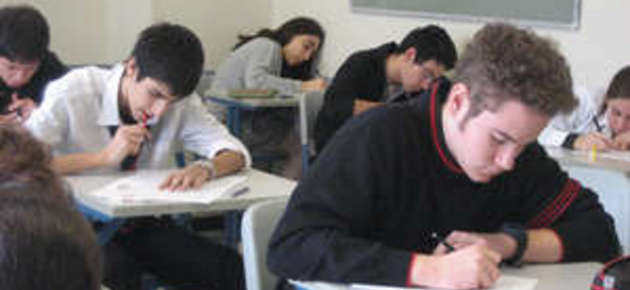Learning a different language depends most of all on immigrant’s own motivation


Sataedu organizes different training for immigrants. The trainings include for example repatriation trainings, prep training for occupational basic education and field-specific Finnish language training.
– We teach Finnish language already in immigrants home countries like Spain. There are also specific training foreign people working in different companies, Raunio says.
Challenges in learning new language
Learning finnish isn’t always easy: sometimes immigrants have to start by learning how to read and write. Learning a new language is challenging in other ways too, because written and spoken language differ from each other in many ways.
– There are a lot of different dialects, slangs and jargons that can be hard to understand. People in different ages also use language in different ways. For example the language used by young people is sometimes full of bizarre terms, Raunio tells.
Different things affect the learning process
Some people learn a new language easier and faster than others. Immigrant’s age, educational background and experience in learning languages affect their effectiveness among the learning process.
– The younger a person starts to study a new language the easier it is to learn it. High educational background gives a student better abilities for learning than those with low educational background, says Raunio.
Immigrant’s own mother tongue affects the learning process as well. Learning finnish would naturally be easier for Estonian than for e.g. Chinese immigrant.
Authentic communication situations
Learning Finnish doesn’t only depend on the student itself but also their social circle. Finnish people should talk Finnish with immigrants in place of simple English. Finnish language students should be offered possibilities to use Finnish in authentic situations and get to know Finnish culture and people better. This way both the language skills and the cultural knowledge can become better.
– The integration and adoption of the language depends most of all on immigrant’s own motivation to adjust to Finland and learn Finnish, Raunio underlines.